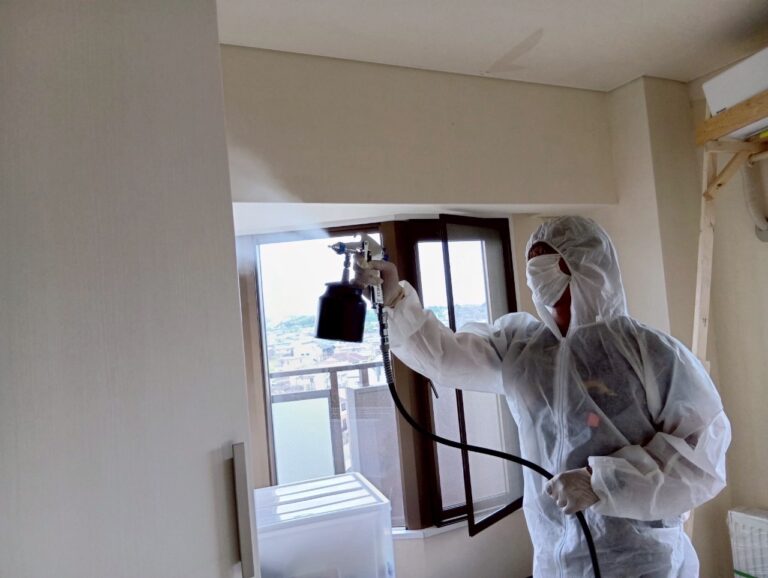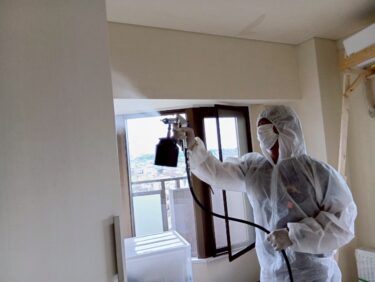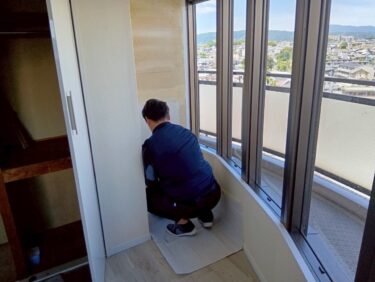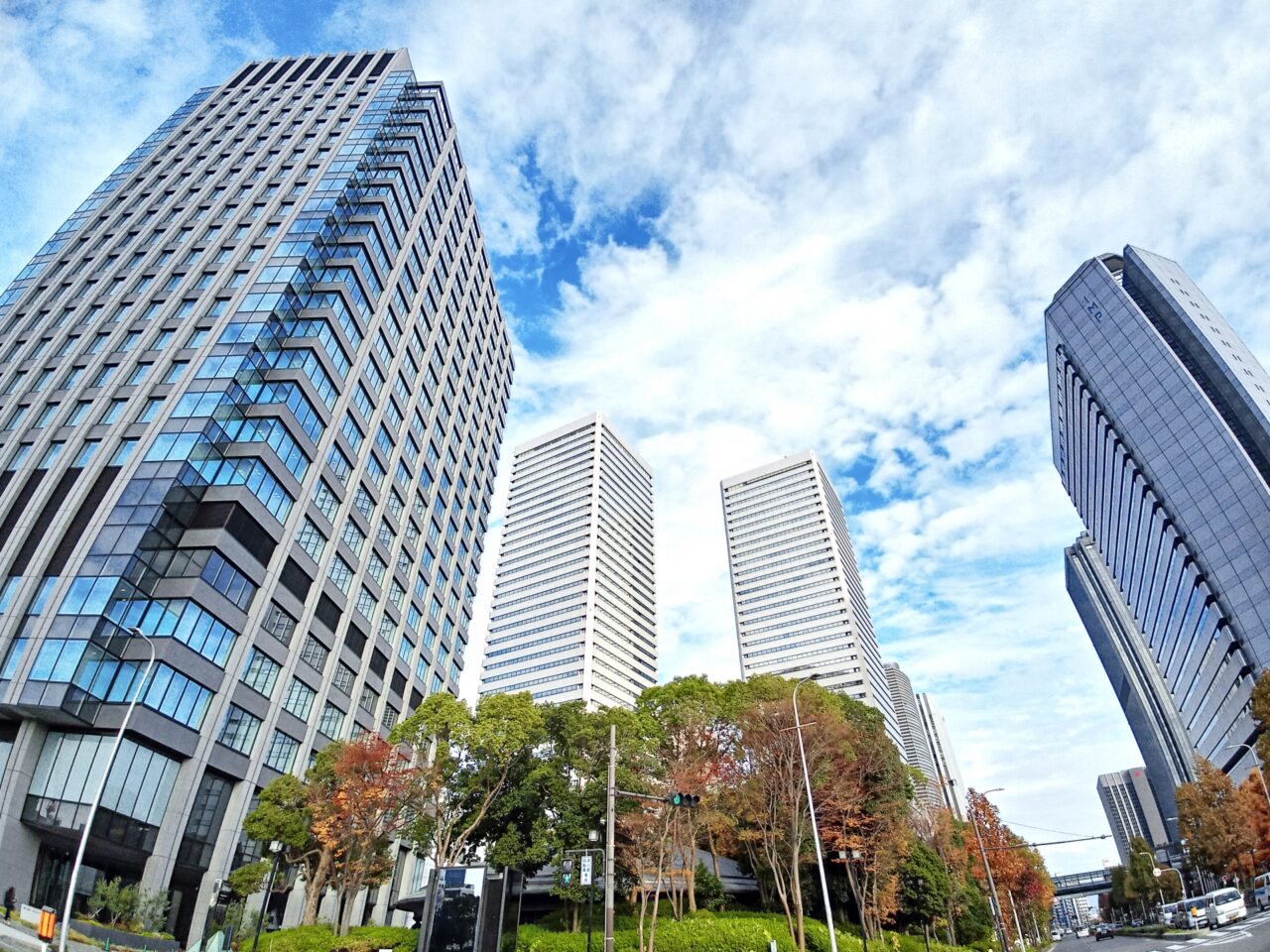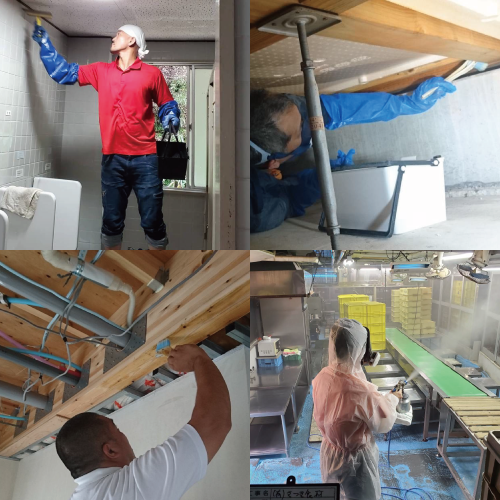Problem Statement
Traditional Japanese homes like townhouses, along with embassy and consulate housing, are especially prone to mold due to high humidity, insufficient ventilation, and unique building structures. These invisible issues can threaten both property and health without obvious signs.
What You Will Learn
This article reveals the hidden causes of mold in Japanese and diplomatic homes and offers advanced professional methods, such as the MIST method, to eliminate and prevent future growth—even in highly sensitive and valuable environments.
Benefits of Reading This Article
By understanding the core risks and expert solutions, readers will be able to protect their properties from mold, extend the life of their building materials, and ensure a safe, hygienic living space for families and guests.
1. Causes of Mold in Traditional Japanese Homes (Machiya)
Traditional Japanese houses, such as machiya and kominka, are architectural treasures. Their unique wooden features, tatami mats, and open spaces reflect a cultural heritage, but they are also vulnerable to mold due to Japan’s humid climate and construction methods. This section explores the key structural and environmental causes that make these homes susceptible to mold growth.
1‑1. Poor Underfloor Ventilation and Moisture Retention
In machiya, underfloor spaces (doma and yukashita) often suffer from poor airflow. Ventilation holes may be blocked by debris, or later renovations might reduce ventilation unintentionally. These enclosed spaces trap moisture from the ground, increasing humidity under the floor.
As moisture accumulates, wooden foundations absorb it and their internal moisture content rises, creating a perfect breeding ground for mold. Moreover, older homes might have concrete flooring covering natural soil, which further seals in humidity.
Solutions include installing or clearing vent holes, adding underfloor fans, or using breathable insulation materials. Such measures help prevent mold while preserving the structural beauty of these traditional houses.
1‑2. Material Vulnerabilities in Wood and Tatami
Wood and tatami are naturally breathable but highly absorbent materials. Without proper care, they trap moisture, which promotes mold growth—especially in areas with poor air circulation.
Tatami, made from rice straw and cotton, absorbs and retains humidity. When not aired out or replaced regularly, it becomes a mold hotspot. Wooden beams and floors also develop mold when not treated with protective oils or coatings.
Preventive care includes monitoring indoor humidity, using dehumidifiers, applying natural oil treatments to wood, and periodically flipping or replacing tatami mats.
1‑3. Condensation Caused by Climate and Temperature Fluctuations
Japan’s humid summers and cold winters create ideal conditions for condensation, particularly on windows, walls, and hidden surfaces. This moisture seeps into building materials and supports mold growth.
Improving insulation, using double-glazed windows, and regulating indoor temperature and humidity with HVAC systems are essential. Adding dehumidifiers and using moisture-absorbing products also helps minimize condensation risks.
2. Mold Risks in Tokyo Embassy Housing
Embassy residences in Tokyo, often located in quiet, green neighborhoods, present unique mold challenges. These homes serve high-ranking diplomats and must maintain top-tier comfort, safety, and cleanliness. This section explores mold risks in embassy homes and real-world examples of damage caused by hidden moisture.
2‑1. Moisture Infiltration from Natural Surroundings
Many embassy residences are located in forested or hilly areas like the Tama region. These areas are rich in nature, but ground-level moisture often infiltrates homes—especially through basements or floor spaces.
In one case, black mold developed in floor-level storage and tatami edging due to early-morning dew rising through blocked vent holes. Corrective measures included drainage system upgrades and underfloor drying techniques.
2‑2. Mold in Hidden Areas: AC Units, Closets, and Storage
Mold often grows in unseen areas such as air conditioning units, closets, and corners behind furniture. Embassy residences—built for privacy and security—may lack airflow in these enclosed spaces.
Cleaning AC filters, using dehumidifiers in closets, and improving natural airflow by opening storage doors regularly are effective preventive actions. Scheduled inspections and internal ventilation systems can also minimize these risks.
2‑3. Health Risks and Institutional Responsibility
Diplomatic residences must provide a healthy environment for diplomats and their families, including children and the elderly. Mold can trigger allergies, respiratory issues, and long-term health concerns.
Regular humidity monitoring, mold inspections, and professional cleaning protocols are essential. Institutions must proactively manage mold risks to meet safety and comfort standards expected at diplomatic facilities.
3. Structural Challenges in Osaka Consulate Housing
Consulate residences in Osaka often use Western high-seal construction styles. While energy efficient, these tightly sealed structures can trap Japan’s natural humidity, leading to serious mold issues—especially in concealed areas like walls and ceilings.
3‑1. Poor Compatibility Between Airtight Design and Japan’s Humid Climate
High-seal designs used in many Western-style consulate residences don’t breathe like traditional Japanese homes. This traps internal humidity, resulting in increased condensation and limited airflow.
Installing mechanical ventilation, air purifiers, and heat recovery systems (HRVs/ERVs) can help balance airtight design with moisture control. Proper design and regular maintenance are critical in such environments.
3‑2. Mold in Hidden Structural Areas: Walls, Ceilings, and Floors
Mold inside walls, under floors, and in ceiling cavities often goes unnoticed until visible damage appears. Insulation materials may absorb moisture, leading to decay in wood and surrounding areas.
Using infrared sensors and moisture meters can detect early-stage mold. Choosing mold-resistant materials during construction or renovation also reduces long-term risk.
3‑3. Impact on Image, Safety, and Diplomatic Trust
Consulate housing is not just residential—it hosts guests and events. Mold can damage furniture, walls, and most importantly, institutional trust.
Maintaining clean, mold-free interiors through preventive maintenance and visual inspections preserves both hygiene and reputation.
4. The MIST Method®: Advanced Mold Removal and Prevention
The MIST Method® is a proprietary mold removal technology developed by Taikou Kensou. It uses ultra-fine mist to penetrate deep into materials and dissolve mold at its source without damaging the underlying structure. This section introduces its key features and real-world applications in high-profile residences.
4‑1. Features of the MIST Method®
Unlike traditional methods that scrub or scrape mold off, the MIST Method® disperses fine mist containing custom-formulated mold-dissolving agents. The solution adjusts to the pH of the material to avoid damage to wood, tatami, or delicate surfaces.
This approach not only kills mold spores but also leaves surfaces intact. A final anti-mold coating adds long-term protection, making this a comprehensive and safe solution.
4‑2. Real-World Success in Embassy and Consulate Housing
Embassy and consulate homes in Tokyo and Osaka have used the MIST Method® with great success. Deep-seated mold in tatami, ceiling beams, and AC systems was removed without harming the structure. Post-treatment inspections confirmed long-term mold suppression, even during the rainy season.
4‑3. How to Choose a Qualified Contractor
Ensure that the provider is certified to use the MIST Method® and offers:
-
Experience with traditional and high-security buildings
-
Safety-tested agents and proper documentation
-
Transparent estimates and clear reporting
-
Preventive maintenance plans
Selecting the right professional ensures effective, lasting mold control in sensitive residences.
5. Daily Mold Prevention and Maintenance Practices
Besides professional services, daily practices are crucial for long-term mold control. Here we introduce practical and sustainable maintenance tips for traditional and diplomatic homes.
5‑1. Humidity Control and Ventilation
Keep indoor humidity below 60% using dehumidifiers. Open windows during dry hours, clean AC filters, and ensure airflow in all rooms. Use hygrometers to monitor conditions and maintain an ideal balance.
5‑2. Cleaning and Mold-Resistant Products
Use mild detergents or alcohol-based cleaners on vulnerable surfaces. Apply natural anti-mold sprays to wood and tatami, and choose breathable coatings that protect materials without sealing in moisture.
5‑3. Routine Inspections and Monitoring
Check floor storage, ceiling corners, and hidden joints monthly. Use thermal cameras and moisture meters if possible. Professional inspections once or twice a year are recommended, especially in large or high-value residences.
6. Emergency Measures and Consultation Options
If a mold outbreak becomes severe, prompt action is vital. Delays can cause structural damage and health issues. Here’s what to do:
6‑1. Immediate Action Steps
-
Ventilate the area and run a dehumidifier
-
Wear gloves and a mask, wipe mold with ethanol or neutral detergent
-
Record affected areas with photos
-
Avoid disturbing deeply affected areas—call a professional instead
6‑2. Who to Contact and Available Support
Contact certified mold professionals like MIST Method® specialists. Local governments may offer advice or subsidies for mold-related home improvements. Check with city housing departments or health centers for assistance.
Mold Solutions and Remodeling by Taikou Kensou
If you’re facing mold issues in traditional Japanese homes or high-end diplomatic residences, Mold Busters Osaka and Mold Reform Tokyo & Nagoya are here to help. Operated by Taikou Kensou Co., Ltd., we provide comprehensive services that combine mold removal and renovation.
Our MIST Method® safely eliminates mold from delicate materials like wood and tatami using mist-form solutions. Unlike abrasive techniques, this non-damaging approach preserves building value while ensuring a safe environment.
After treatment, our anti-mold protection prevents regrowth, making our method ideal for embassies, consulates, and historic homes. Our solutions are certified safe—even for young children and the elderly.
What sets us apart is our ability to handle mold removal and remodeling as a single, integrated service. Whether it’s repairing mold-damaged walls or redesigning entire rooms, our team manages it all—safely, efficiently, and beautifully.
About Taikou Kensou Co., Ltd.
With over 30 years in the renovation industry, Taikou Kensou offers complete remodeling services for homes and commercial buildings. We specialize in:
-
Interior and exterior remodeling
-
Insulation upgrades
-
Anti-mold and waterproofing improvements
-
Earthquake-resistant construction
-
Universal design and barrier-free upgrades
Our projects are tailored to each client’s lifestyle, safety, and future needs. We provide transparent reporting, aftercare support, and high-quality craftsmanship that builds long-term trust.
Whether restoring a Kyoto townhouse or upgrading a consular residence, Taikou Kensou is your trusted partner in creating a healthy, beautiful, and mold-free living environment.

